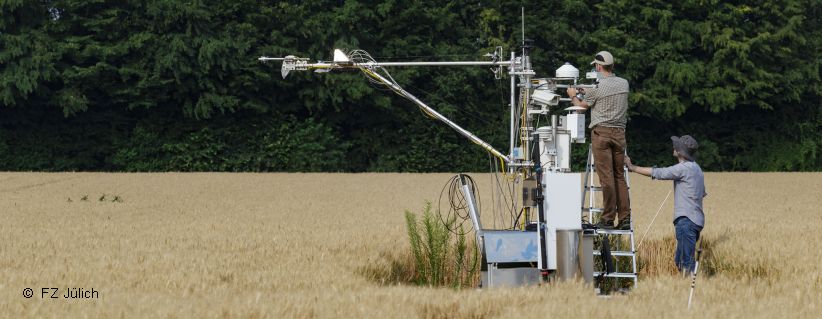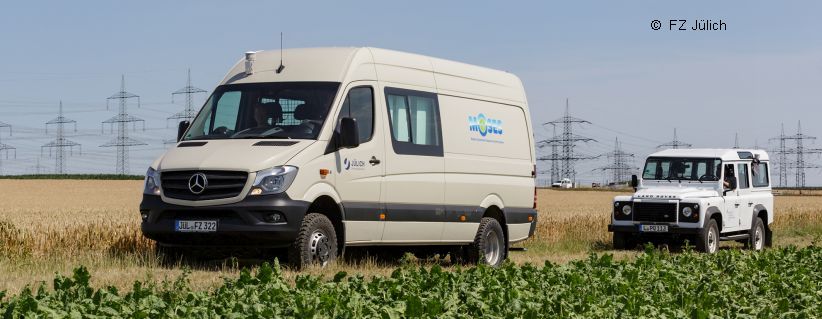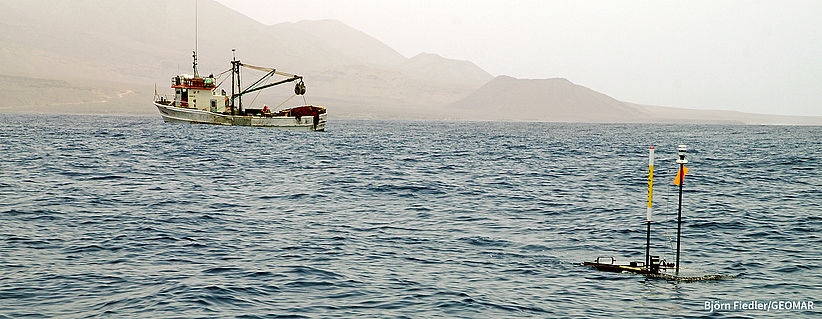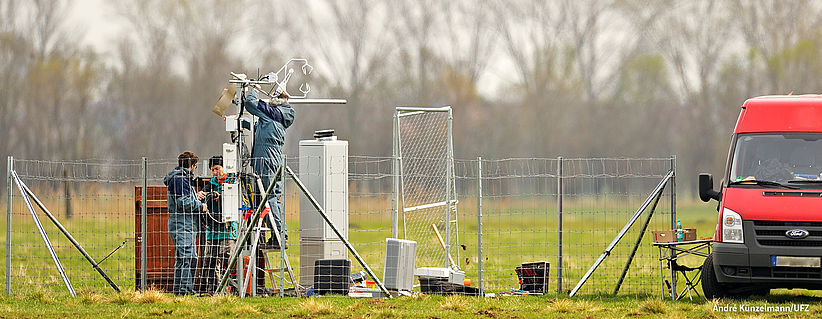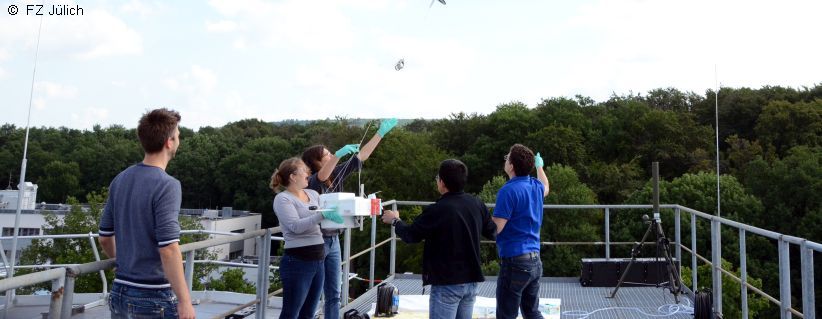Tools and Forecasts
The event-driven observation campaigns require forecast services for planning and analyzing tools for interpretation. Scientists involved in MOSES are also participating in research projects that develop e.g. European/German forecasts for hydrometeorological extremes, flood risk evaluation tools or marine hydrodynamic models. The following compilation of such research activities and selected forecast and analyzing tools is regularly updated and does not claim to be complete.
- Copernicus Marine Environment Monitoring Service CMEMS
Various forecast products and maps are operationally available from the Copernicus Marine Environment Monitoring Service. They are used for campaign preparation and share point for information on marine environments.
https://observations.ipsl.fr/aeris/eurec4a/#/https://marine.copernicus.eu/
Contact: Johannes Karstensen (GEOMAR)
Regional Oceanic Modeling System (ROMS) models temperature, salinity and currents with variable spatial resolutions (4000 m, 1000 m und 200 m) to predict ocean eddies. The information is used for the short and medium term planning of the field experiments.
More information can be found here.
Contact: Reiner Onken (HZG)
The application calculates drift trajectories using the program PELETS-2D developed at HZG. Drift simulations are based on two-dimensional marine currents extracted from archived output of the three-dimensional hydrodynamic model BSHcmod that is run operationally at the German BSH (see Bundesamt für Seeschifffahrt und Hydrographie (BSH)).
Model is online here.
Contact: Ulrich Callies / Housam Dibeh (HZG)
It is one objective of the Helmholtz initiative Digital Earth to develop a Flood Event Explorer which allows to investigate events, such as floods, droughts, earthquakes or landslides, from a more holistic perspective across the earth science disciplines and along the entire cause-and-effect chain including event generation, evolution and impact. The Flood Event Explorer is based on several analytical workflows to investigate floods addressing e.g. the question “What makes a flood event exceptional?”.
Managing floods and reducing flood risk require a comprehensive understanding of a) the generation and impacts of floods across compartments, and b) how they are affected by natural or human developments. Such a level of understanding can only be achieved by integrating data on physical, biogeochemical, engineering, and human processes.
more
Contact: Bruno Merz (GFZ)
The River Plume Explorer is developed within the Helmholtz initiative Digital Earth to analyze the impact of riverine flood events on coastal and marine environments. During flood events large amounts of nutrients and pollutants are flushed out into the North Sea, causing e.g. increased algae blooms. The interactive River Plume workflow offers scientists tools
to detect the river plume in the sea, determine its spatio-temporal extent
and investigate its impacts through complementary data.
more
Contact: Viktoria Wichert (HZG)
- The FZJ "Water-Monitor” provides information on plant available water in the upper soil for Germany and surrounds at about 600m resolution. Daily forecasts up to nine days in the future including uncertainty estimates are from simulations with the ParFlow hydrologic model.
https://wasser-monitor.de/ (only in German)
contact: wasser-monitor@fz-juelich.de (FZJ) - The integrated hydrologic model ParFlow (https://github.com/parflow/parflow) allows for a 2D/3D dynamical representation of the hydrological processes in the saturated zone, including groundwater and overland flow, and the Common Land Model. Monitoring and forecasting results of the terrestrial water cycle are updated daily for Germany and surrounds.
https://adapter-projekt.org/ (only in German)
contact: adapter-projekt@fz-juelich.de (FZJ) - The coupled regional Earth system model TSMP including its PDAF data assimilation extension simulates atmosphere-land surface-subsurface feedback processes and interactions. The CLM5-PDAF component model is thereby increasingly used for land surface studies.
https://github.com/HPSCTerrSys
contact: Harrie-Jan Hendricks Franssen (FZJ) - The UFZ "Drought Monitor" provides daily information on drought and soil moisture throughout Germany. This information is based on simulations using the mHM meso-scale hydrological model. Updated daily maps show the drought status for the total soil column down to 180cm as well as the uppermost soil layers and the plant-available water.
https://www.ufz.de/droughtmonitor
contact: Andreas Marx (UFZ) - The mesoscale hydrologic model (mHM) is a spatially explicit distributed hydrologic model that uses grid cells as a primary hydrologic unit, and accounts for the following processes: canopy interception, snow accumulation and melting, soil moisture dynamics, infiltration and surface runoff, evapotranspiration, subsurface storage and discharge generation, deep percolation and baseflow and discharge attenuation and flood routing.
https://www.ufz.de/mhm
contact: Luis Samaniego (UFZ)
ECMWF weather forecasts to evaluate general weather conditions:
https://www.ecmwf.int/en/forecasts
German Weather Service DWD - 10 days forecast:
https://www.dwd.de/DE/wetter/vorhersage_aktuell/10-tage/10tage_node.html
Sub-seasonal to seasonal (S2S) forecast aims to bridge the gap between medium-range weather forecasts (up to 10 days) and seasonal climate predictions (above a month). A real-time S2S forecasting system could provide tailored information for early warning of extreme hydrometeorological events.
Contact: Husain Najafi (UFZ)


